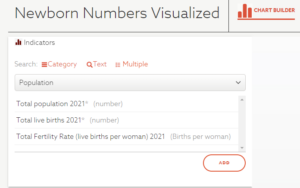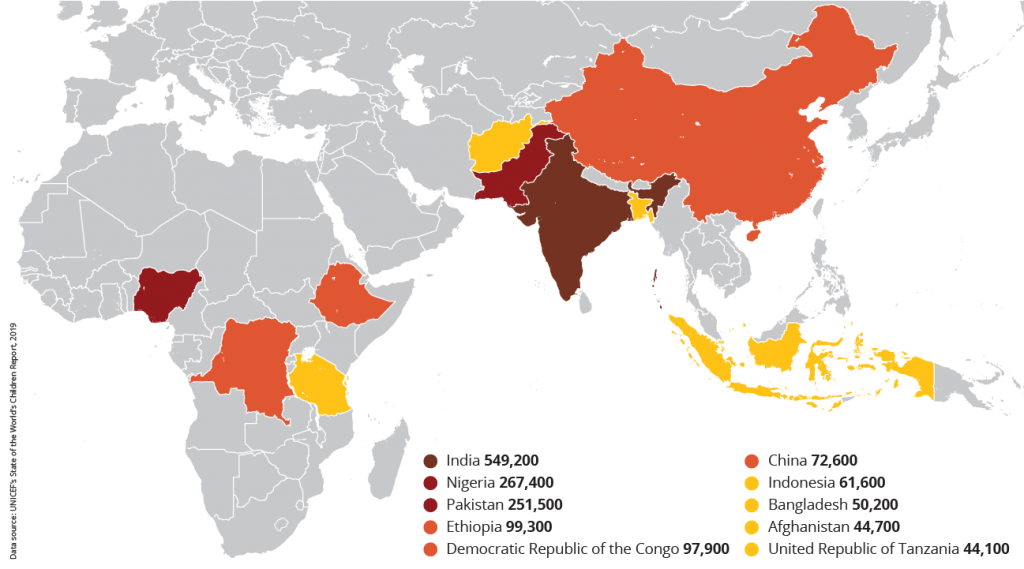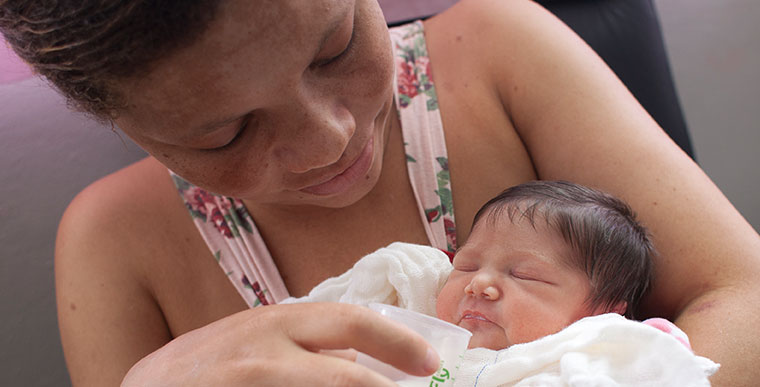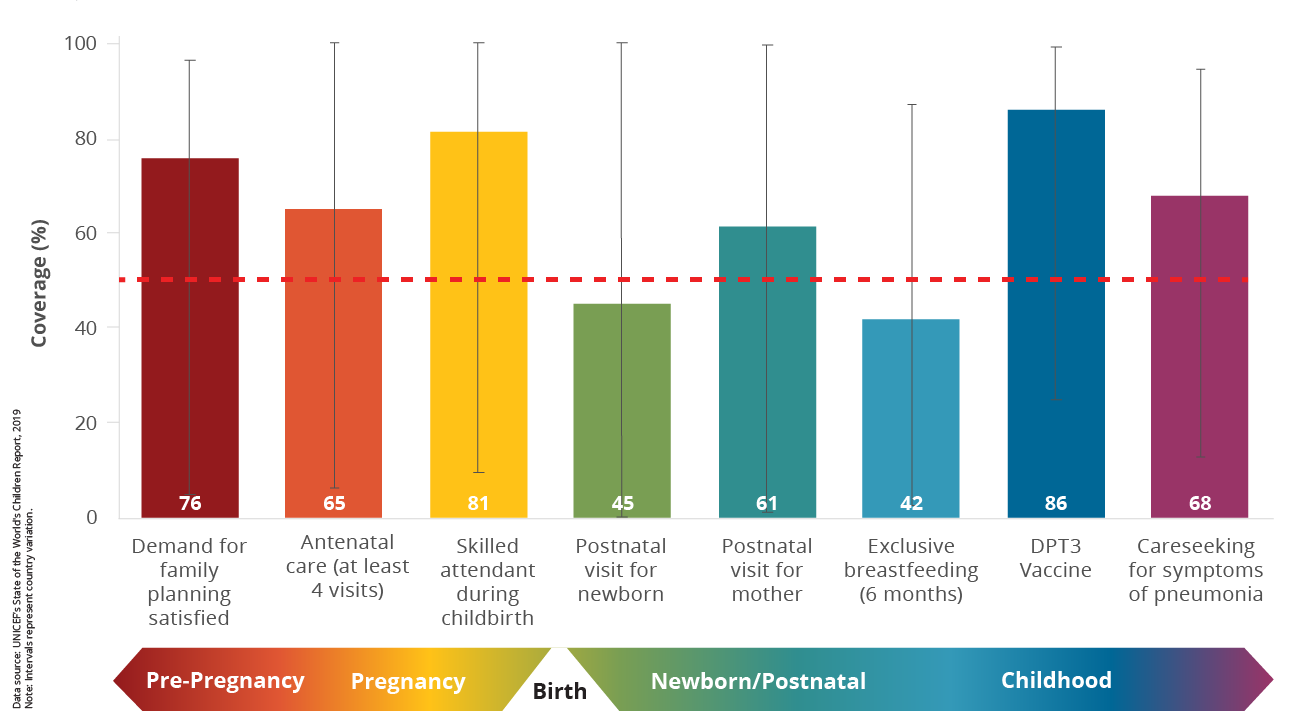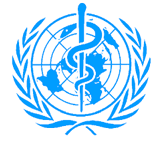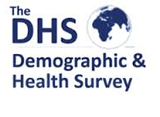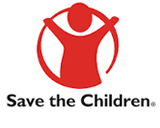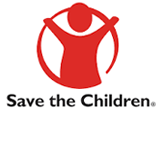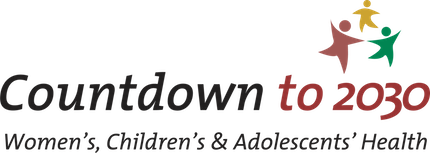Globally in 2021, 2.3 million babies died during their first month of life and 1.9 million babies were stillborn.
This page provides the latest global, country, and regional estimates related to newborn survival. The information supports government, program managers, policymakers, and stakeholders in planning for newborn health policy and implementation. For questions or information not found on this resource page, please contact us.
